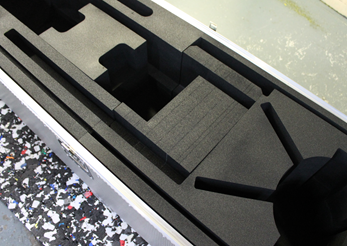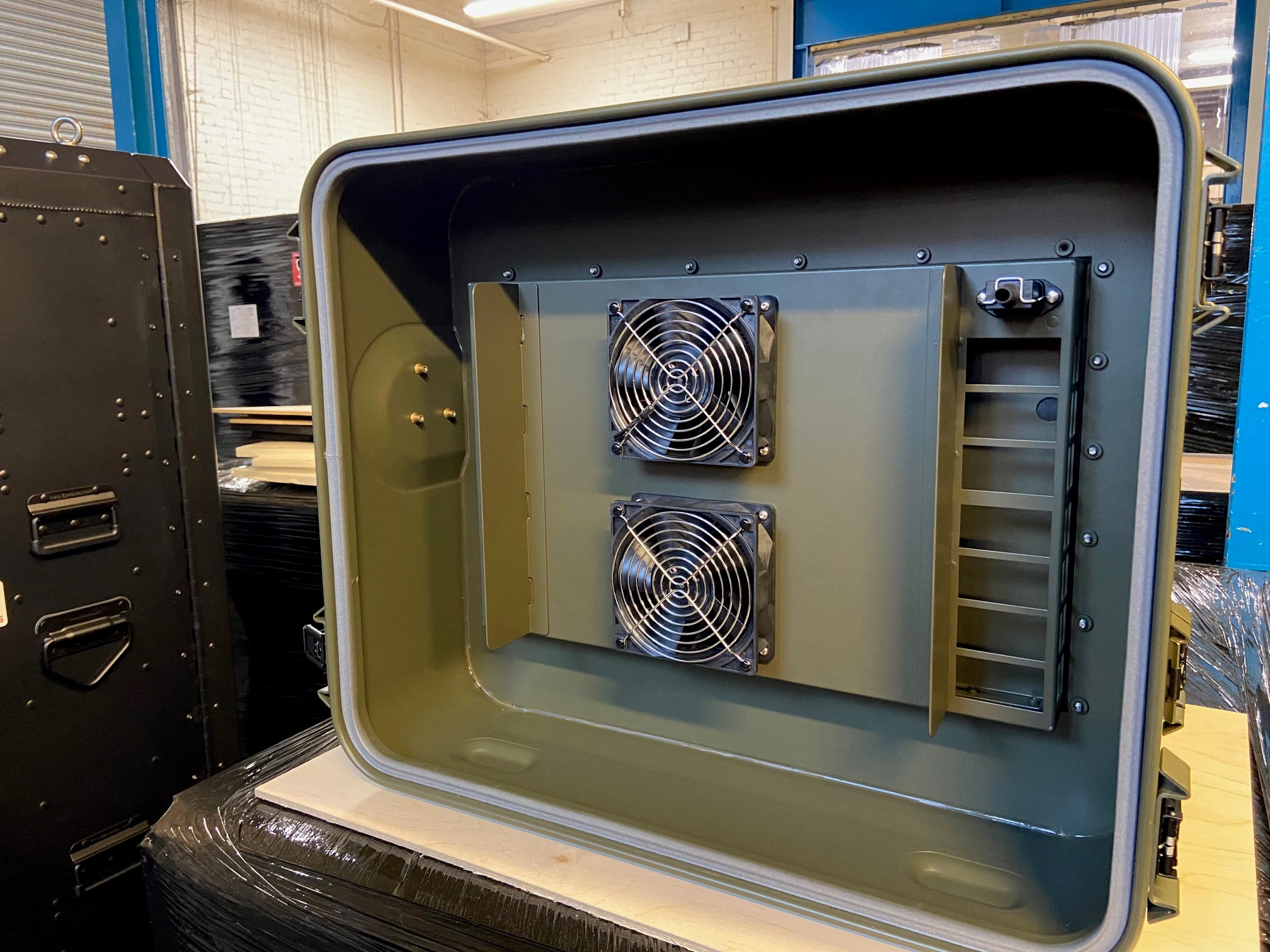 Add My Company
Add My Company
TOP 5 CHALLENGES IN THE AEROSPACE INDUSTRY

The aerospace industry continues to face a number of challenges. From supply chain disruption to the need for modernisation, the industry must find ways to overcome these obstacles.
Find out the top five challenges currently impacting the aerospace industry and how these are affecting productivity.
Digital Transformation of Manufacturing
Digital transformation is helping to streamline and revolutionise industries, but can the aerospace sector keep up with this need for change? As technology continues to rapidly advance, it can be a challenge for certain industries to keep up.
Modernising an industry is no easy feat. Not only is there new technology to research and invest in, but also training to be carried out. As more and more updated and digitally revolutionised technologies are introduced, employees must receive the training required to use them.
And the era of digital transformation has no end in sight. Aerospace manufacturers must ensure that their business strategies consider what is to come. If sufficient funds aren't put aside, companies will struggle to invest in these new technologies as they emerge.
Cybersecurity Threat
Cybersecurity is a serious threat faced by the aerospace industry. Companies within this sector are a particular target for cybercriminals due to the high-value data and assets that they hold.
These cyber criminals target the aerospace industry at each individual level of the supply chain, meaning security should always be a priority. Whether it be phishing attacks, malware or other malicious activity, cyber attacks can be detrimental and cause serious consequences.
But protecting a company against the threat of cybercrime takes time, money and resources. Aerospace industries must consistently review their cybersecurity technology and update their policies to protect themselves against criminals.
Supply Chain Weaknesses
Supply chain disruption is nothing new for the aerospace industry. Shipping delays, material shortages, rising cost of supplies, compliance issues and global wars all impact supply chains. For this reason, aerospace companies are having to factor these elements into their long-term strategies.
To mitigate these supply chain disruptions, companies have begun to change the way they operate. For example, with shipping taking longer, production needs to be quicker. And with outsourcing slowing down the process, more in-house or on-shore options need to be considered.
With aerospace supply chains experiencing so many challenges, strategies are focused on this need to streamline supply chains and reduce any further risks. Digital technologies, flexibility, workforce upskilling, vertical integration and improved cybersecurity protocols all play a part in helping to maintain a supply chain.
Increasing Passenger Numbers
There has been an undeniable increase in air travel passenger numbers since Covid-19 lockdown restrictions were lifted. In 2022 alone, global air traffic passenger demand increased by over 64% when compared to the previous year.
With disruptions to supply chains and a need for modernisation, keeping up with such high demand is a challenge. And that’s not the only difficulty - as demand increases, there still needs to be a focus on sustainability.
Climate change has impacted the industry in a number of ways and manufacturers are tasked with developing new, innovative solutions to keep air travel sustainable, whilst also able to handle such high passenger volumes.
Skills Shortage
It’s vital to ensure that there is a constant flow of skilled aeronautic engineers and manufacturers ready to step into the shoes of the previous generation. But finding these skilled individuals is a challenge in itself.
More specialist courses and opportunities to upskill are needed to help bring talented young people into the sector. One initiative to help address the skills shortage, has been the introduction of University Technical Colleges (UTCs).
These colleges help to equip students with the technical skills required to meet the needs of employee partners, who sponsor the college. Many of these UTCs specialise specifically in engineering and aviation, helping young people to quickly progress into a career within the field.
To conclude, the aerospace industry continues to face a number of challenges, ranging from supply chain and workforce issues, to a need for improved cybersecurity and digitalisation. But, as always, the industry continues to progress and innovate, finding ways to overcome any of the difficulties they face.
To find out more about the markets we provide for here at CP Cases, get in touch with our specialist team.

For more information on TOP 5 CHALLENGES IN THE AEROSPACE INDUSTRY talk to CP Cases Ltd
